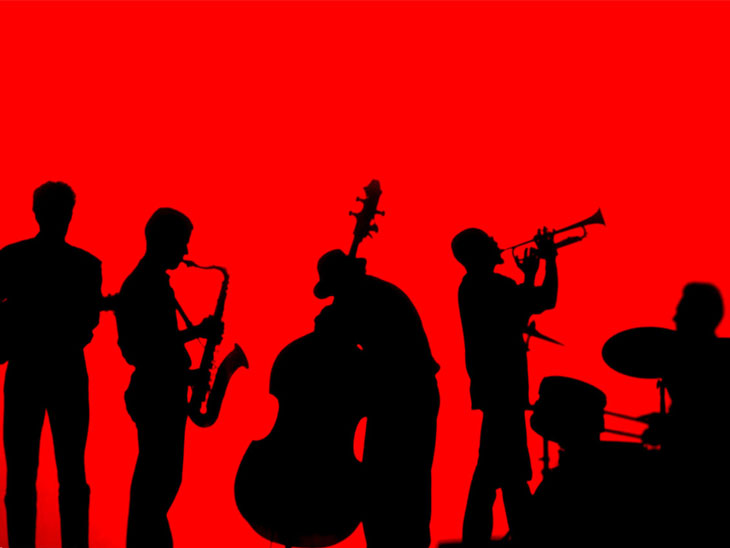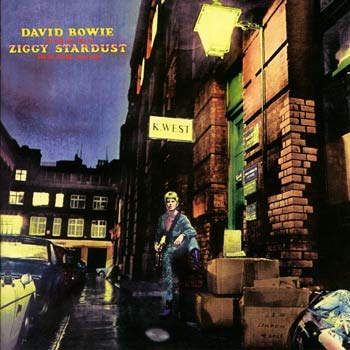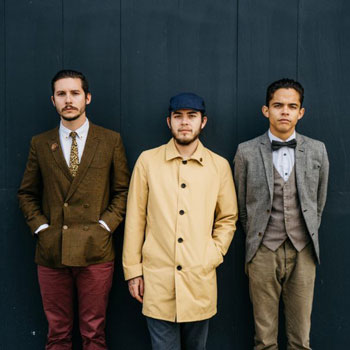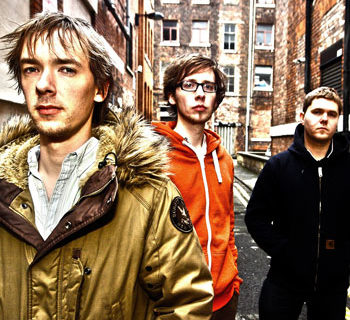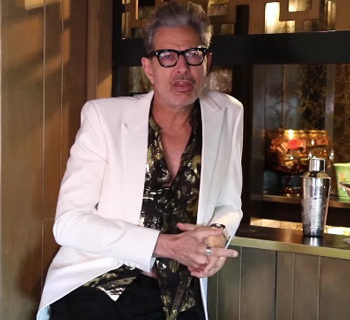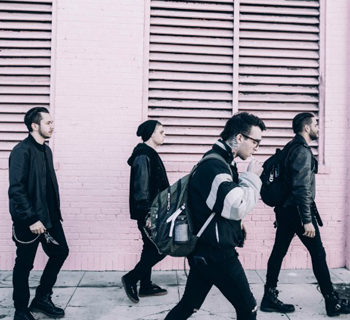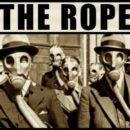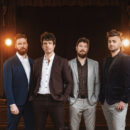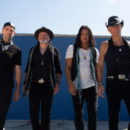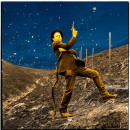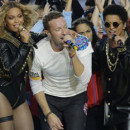Jazz may be fine like wine, but you don’t need to be a sommelier to enjoy a good vintage, and you don’t need to be a musician to enjoy a mixolydian scale. So why does jazz seem so inaccessible?
The genre is often introduced to new listeners via the essentials: Miles Davis’ Kind of Blue, John Coltrane’s A Love Supreme, The Dave Brubeck Quartet’s Time Out. But if these one-size-fits-all suggestions aren’t quite doing it for you, try a personalized entry point—recommendations tailored to your tastes and preferences. From there, you can make your way to those “hear-before-you-die” classics.
Below is a jazz starter kit, customized for fans of three popular musical genres. Work your way from hip-hop, rock, or electronica into a relevant jazz album, and then use the handy “Degrees of Separation from Miles Davis” tool to get to the essentials. So far-reaching is Miles Davis’ influence that he’s indirectly connected to nearly every genre and major musician.
If you like hip-hop, you’ll like…Herbie Hancock’s Head Hunters (1973)
It’s no surprise that hip hop is hugely influenced by jazz. Kendrick Lamar’s Grammy award winning album To Pimp a Butterfly teems with jazz superstars and funk founders like Ambrose Akinmusire, Kamasi Washington, Thundercat, and George Clinton, earning him the title “the John Coltrane of hip-hop”.
Herbie Hancock, a pioneer of jazz-funk, released staple album Head Hunters in 1973. A decade later, he became largely responsible for bringing hip-hop styles out of the underground and into the spotlight with his original song “Rockit”, in which he masterfully employed the then brand new technique of record scratching.
Degrees of Separation from Miles: One. Miles Davis’ A Tribute to Jack Johnson features Herbie Hancock on keyboard laying down some groovy jazz-funk.
If you like Rock ‘n’ Roll, you’ll like…Mahavishnu Orchestra’s Birds of Fire (1973)
Jazz-rock fusion group Mahavishnu Orchestra is the perfect starting point for lovers of guitar-shredding solos. Leader John McLaughlin has been called the best guitarist alive by Jeff Beck of The Yardbirds. McLaughlin actually collaborated with Jimi Hendrix on a number of occasions and has influenced everyone from ‘80s punk band Black Flag to contemporary progressive rock band The Mars Volta.
Degrees of Separation from Miles: One. John McLaughlin collaborated frequently with Miles Davis, most notably on Bitches Brew.
If you like Electronica, you’ll like…Sun Ra’s Space is the Place (1973)
A common core lies at the heart of both jazz and electronica–improvisation and a propensity for letting music unfold organically in a live setting. But they also share history. The electronica subgenre deep house emerged in the 1980s, fusing Chicago house with jazz. Meanwhile, neighboring city Detroit developed techno, which is rooted in electric jazz.
Contemporary DJ Freddy Verano incorporates jazz solos into tracks like “Platja.” Deep house artist St. Germain, who released his album Tourist on legendary jazz label Blue Note, samples Dave Brubeck in his song “Rose Rouge.” Techno DJ Hieroglyphic Being mixed an homage to Sun Ra's Space is the Place, which is a great way to ease yourself into the more extraterrestrial original.
Sun Ra, a prolific avant-garde jazz artist, was hugely influential in Chicago’s music scene in the ‘60s and ‘70s leading up to house and techno music. A forerunner in the use of electronic keyboards, he was one of the first to use the Minimoog synthesizer, and also a member of the Afrofuturism movement, which was a big component of early techno.
Degrees of Separation from Miles: Two. Pharoah Sanders, described as the best tenor saxophonist in the world, started his career playing in Sun Ra’s Arkestra. He then became a critical member of John Coltrane’s band and final quintet. Coltrane and Miles Davis were regular collaborators.
Now take your newfound appetite for jazz and impress all the ladies, intrigue all the men, and sip all the fine wine. You’ve earned it.

